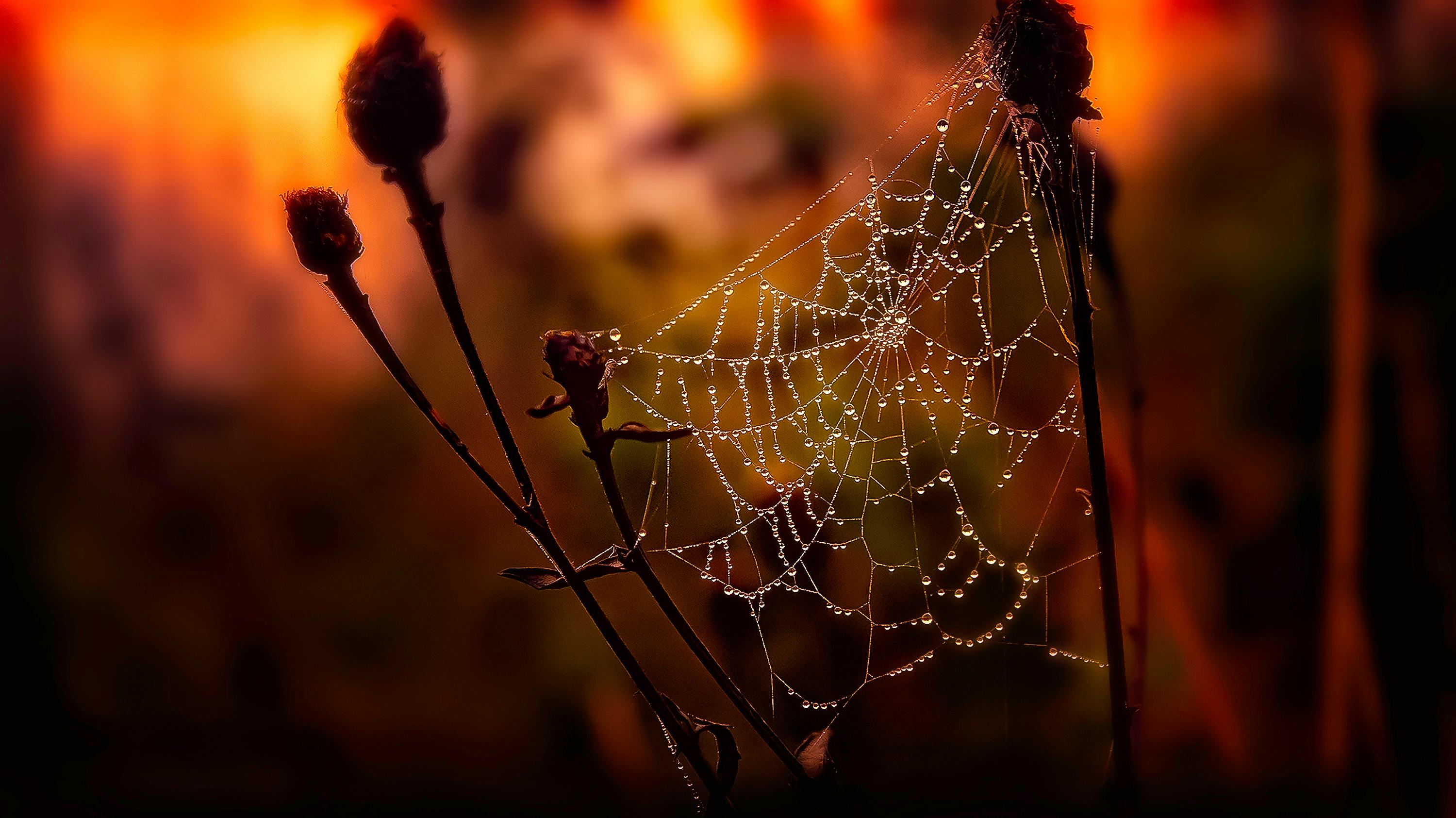Introduction to Cobweb Sempervivum
Step into the world of succulents and you’ll find a tapestry of intriguing forms and textures, but none are quite as eye-catching as the cobweb sempervivum. This enduring perennial, delicately laced with silken threads, could easily be mistaken for a sculptor’s masterpiece.
Sempervivum arachnoideum, commonly known as the cobweb houseleek, boasts a mesmerizing spider web-like overlay across its fleshy green rosettes. Picture walking through a dew-kissed garden early in the morning, where each leaf tip is caressed by a fine, gossamer web. Well, that’s the everyday magic of the cobweb sempervivum, bringing the charm of morning dew to your succulent collection around the clock.
Imagine the delight of stumbling upon this succulent while on a rocky hillside in its native habitat. It’s not merely surviving; it’s thriving, flaunting its cobweb-woven crown against the elements. The cobweb houseleek doesn’t just endure the rugged terrain; it turns it into a statement of resilience and beauty. Throughout the age-old mountains of Europe, this plant’s ability to prosper through cold, drought, and poor soil isn’t just remarkable—it’s inspirational.
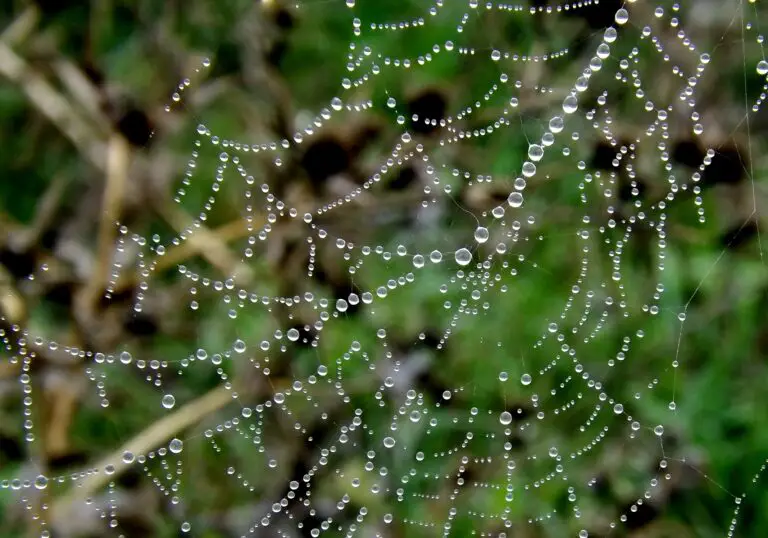
Adding this charismatic succulent to your home offers more than just an intricate visual allure. It invites stories and myths to unfurl, echoing tales from when the Romans planted them on rooftops to ward off thunderbolts and evil spirits. While we no longer rely on their mythical powers of protection, their ability to captivate and enthrall remains as potent as ever.
Envision your container garden, with each cobweb-strewn rosette creating its own micro-landscape of fantasy woodland, home to elfin creatures of lore enchanted by their whimsical forms. Each visitor to your garden is transported into a storybook scene, where the natural world interweaves with the magical.
For plant enthusiasts yearning to cultivate their own cobweb-covered marvel, there’s good news. This hardy succulent is as resilient as it is enchanting. To ensure your cobweb sempervivum thrives and spins its fullest potential, take a moment to explore our comprehensive guide on succulent care. Embark on your botanical journey with the cobweb sempervivum at your side, discovering the exquisite blend of durability and delicacy that defines this arresting succulent.
Origins and History
The tales woven into the history of Sempervivum arachnoideum, commonly known as the Cobweb Sempervivum, are as intricate as the spider web patterns adorning its foliage. Its storied past stretches across continents, cultures, and centuries, underscoring the plant’s enduring appeal. But where does this botanical marvel originate, and how has it spun its way through history to nestle into the hearts of gardeners around the world?
Rooted in the high altitudes of the European Alps, this captivating succulent’s birthplace set the stage for its hardiness and versatile charm. Imagine a time when ancient Europeans first stumbled upon its webbed rosettes, seemingly touched by mythical arachnids, and how this left an unforgettable mark on their gardening traditions. These original encounters with the plant might not have been documented but walking through old European villages where cobweb-covered succulents spill from crevices in stone walls, you’re witnessing a living tapestry that connects us to gardeners from aeons past.
A Historical Plant of Many Cultures
Over the centuries, the Cobweb Sempervivum has been more than just a pretty face in the plant world. In earlier civilizations, it was believed to have potent medicinal properties and was used to ward off witches and evil spirits. Legend had it that a small cluster of these sturdy succulents on the roof could protect the house below. Today, we can chuckle at these ancient beliefs, yet there’s something inherently magical in nurturing a plant that has been a part of human history for so long.
One need only look at the social craze during the Victorian era—when collecting and cultivating exotic and hardy plants like the Cobweb Sempervivum became a symbol of status and refinement—to realize the impact of this plant on cultural tendencies towards ornamental gardening. Its proliferation in modern times, from rock gardens to living walls, signifies the sempervivum’s seamless integration into contemporary landscaping aesthetics.
But don’t just take our word for it! Check out this insightful video on these fascinating plants:
It isn’t just the sempervivum’s rugged beauty that has captured gardening enthusiasts throughout time. Care for these resilient plants is surprisingly straightforward, making its maintenance accessible to even the greenest of thumbs. No wonder it has such a celebrated presence in gardening circles! For more insights on embracing the simplicity of plant care, take a look at our guide on thriving succulents and elevate your gardening know-how.
From Alpine origins to modern cultivation practices, the Cobweb Sempervivum continues to be a plant of the people—resilient in the face of nature’s challenges and enduring in its historical significance. So next time you gaze upon this storied succulent, remember you’re not just looking at a plant but a living piece of history.
Caring for Your Cobweb Hen and Chicks
Inviting a cobweb sempervivum into your life adds an element of enchantment to your garden. The ‘Webster’s’ rosettes, crowned with delicate cobweb-like filaments, mimic a touch of morning dew on a finely spun spider’s web. But to keep this charming succulent thriving, a little know-how goes a long way. Let’s weave into the essentials of cobweb sempervivum care.
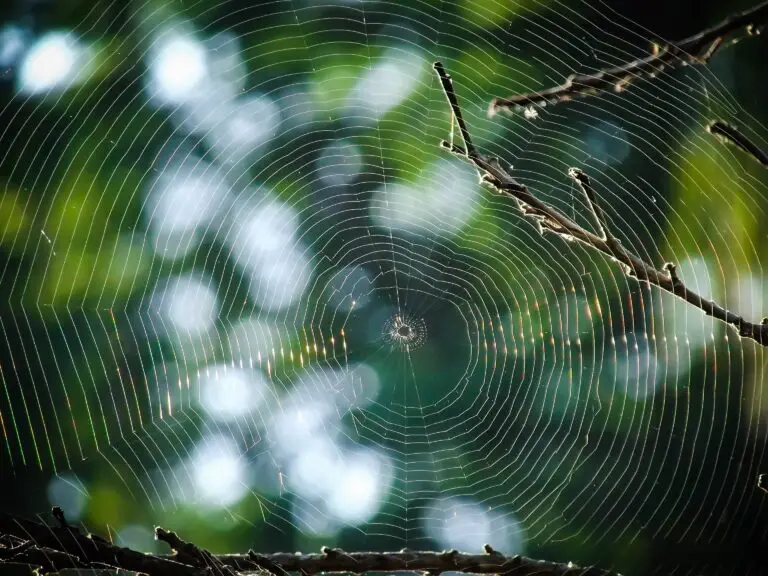
First, let’s talk dirt—these succulents aren’t picky, but they do have a preference for well-draining soil. They relish gritty, sandy substrates that emulate their natural alpine habitats. Imagine a bed of sharply drained rockery: this is the kind of environment your cobweb sempervivum aspires to sink its roots into.
When it comes to hydrating your hens and chicks, consider the “soak and dry” technique. It’s as simple as drenching the soil completely, then allowing it to dry out entirely before the next watering. Overwatering? That’s a no-no. It’s about as welcome as a downpour on your picnic. You might notice their taut leaves starting to get soft and translucent if they’ve had one sip too many. Wait for the soil to dry, and they’ll be back to their perky selves in no time.
Sunlight is as crucial to your cobweb sempervivum as a compass is to a traveller. These sun-seekers adore basking in bright, indirect light. It keeps their colors vivid and their form compact, much like the firm stance of a spider in the center of its web. So, place them where they’ll receive a generous helping of sunshine, but not under the intense midday sun, which can scorch their delicate webbing.
Whether inside by a sunny window or out in a rocky garden bed, taking care of cobweb hens and chicks doesn’t require a green thumb—you just need to mimic Mother Nature. And, if you want to spread the charm, they propagate easily by offsets, branching out like a spider’s web reaching new corners. For more insight into succulent wellness, take a detour through our comprehensive guide on nurturing your succulent friends.
Versatile Planting Options
Picture this: a miniature landscape, resembling a scene from a fantasy novel, right in your backyard. This isn’t just a daydream—it’s the magic that cobweb sempervivum, or the enchanting ‘Spider Web Hens and Chicks’, bring to any outdoor space. With their unique rosettes adorned with web-like filaments, these succulents are not just plants but natural art pieces, versatile enough to amp up the beauty of various garden settings.
Rock gardens yearn for texture and contrast, and that’s where our cobweb-covered friends shine. Nestled among rugged stones, they mimic the tenacity of life in the alps where they naturally thrive—creating an alpine tableau in your very own garden. But it doesn’t stop at rocks! Imagine these resilient rosettes spilling over a stone wall, each one proudly displaying its intricate cobweb design—a stunning tapestry that changes with the seasons.
For those who prefer a more contained expression of nature’s wonders, container planting offers a stage for sempervivums to perform. A clay pot or a weathered wooden box brimming with a cluster of these starry succulents can be a captivating centerpiece on an outdoor table or a rustic touch on a balcony. As they grow, their pups, or ‘chicks’, can spread around the ‘hen’, creating a delightful visual dance of new life in all directions.
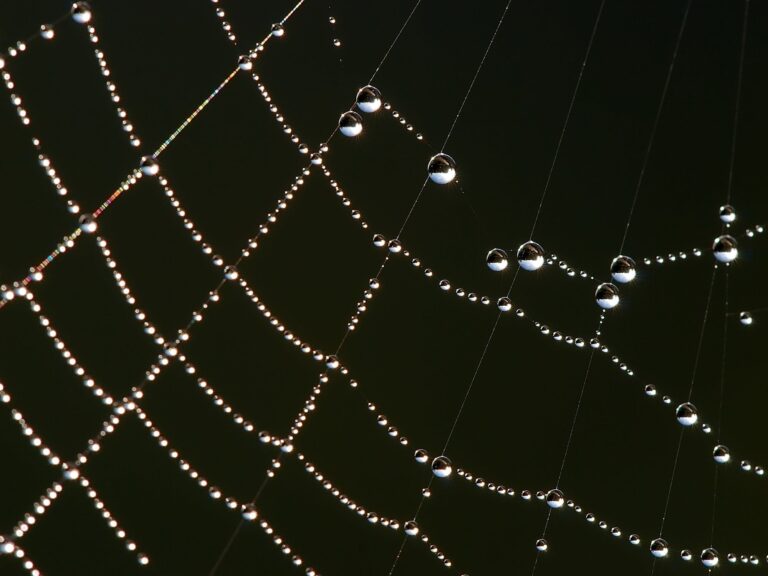
Yet, the charm of cobweb sempervivum care lies not only in their captivating appearance but also in their hardy nature. As low-maintenance plants, they’re perfect for busy gardeners or those who are new to the world of succulents. Whether it’s brilliant sunlight washing over their cobwebbed rosettes or the harshness of a cold snap, these succulents simply adapt and continue to mesmerize with their resilient beauty.
So, whether you’re crafting a miniature rockery, beautifying a brutalist urban space, or just starting a windowsill garden, cobweb sempervivum offers endless possibilities to weavers of greenery. With each little rosette a master of survival and spectacle, your garden is transformed into a stage where nature’s tiny wonders command an audience of admirers—day in and day out.
Propagation Techniques
Oftentimes, the most intriguing plants can be propagated by the simplest means, and this rings true for the quirky cobweb sempervivum. Known affectionately as “spider web hens and chicks,” this succulent’s rosettes are intricately webbed, evoking the artistry of spider silk. Let’s embark on a journey of spreading the charm of cobweb sempervivum throughout your garden or home, shall we?
Step 1: Prepare Your Tools
Just like a spider needs the right conditions to spin a perfect web, you’ll need to ensure you have clean, sharp tools for the smoothest cut. You wouldn’t want to damage the mother hen (the main plant) or her potential chicks (offsets)!
Step 2: Selecting a Hen with Chicks
Scout for a robust rosette, one that’s a little bit of an overachiever, producing offsets with vigor. These ‘chicks’ are your ticket to propagation success, ready to be nudged from the nest and establish their own webbed wonders.
Step 3: The Gentle Separation
With a twist and a tug, or a surgical snip, detach the chick from its mother. Imagine you’re a skilled arachnid, delicately managing each silk of web; that’s the level of care you want to bring to separating these succulent siblings.
Step 4: The Waiting Game
After the separation, grant the offsets a moment of rest on a dry surface. This hiatus allows the cut end to callous, a natural protective barrier against moist soil misadventures, much like a spider reinforcing its web’s anchor points.
Step 5: Potting Your Protégés
With a mix of succulent soil and grit for superb drainage, nestle your chicks into their new homes. This is where they’ll root and flourish, intertwining their destinies with the web of life’s green tapestry.
Step 6: The First Watering
Mimic a gentle rain, the kind that whispers through spider webs without breaking them, to provide your new chicks with the moisture needed to encourage rooting without the threat of rot.
Step 7: A Sunny Future
Finally, place your potted progeny in a bright, indirect light setting. They’ll savor the sunshine like dew drops glistening on a spider’s web at dawn, steadily growing in strength and beauty.
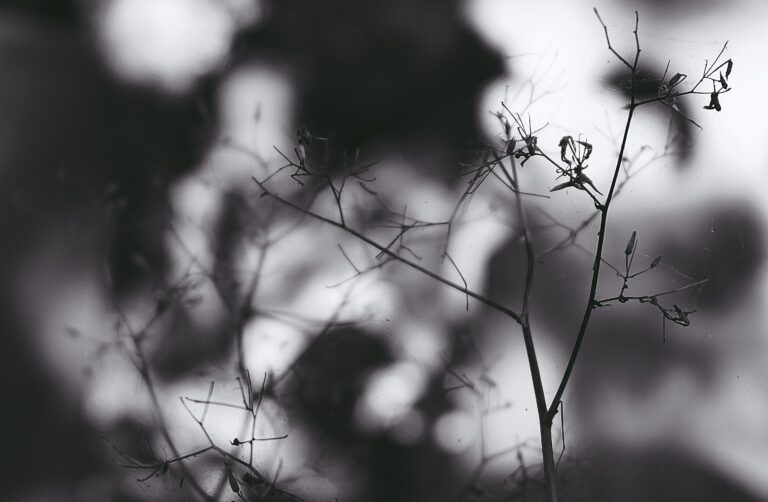
As you revel in the success of propagating your cobweb sempervivum, recall the patience and precision of a spider crafting its habitat. With these tips, your garden or indoor space will soon be teeming with these enchanting succulents, each an echo of the wild beauty that inspired their namesake.
Common Challenges and Solutions
When you’re looking to weave the rich tapestry of your garden with the unique patterns of cobweb sempervivum, it’s crucial to anticipate the snags you might encounter. Known for adorning their fleshy rosettes with delicate web-like structures, these Spider Web Hens and Chicks can face a few bumps in the road that threaten to unravel their charm.
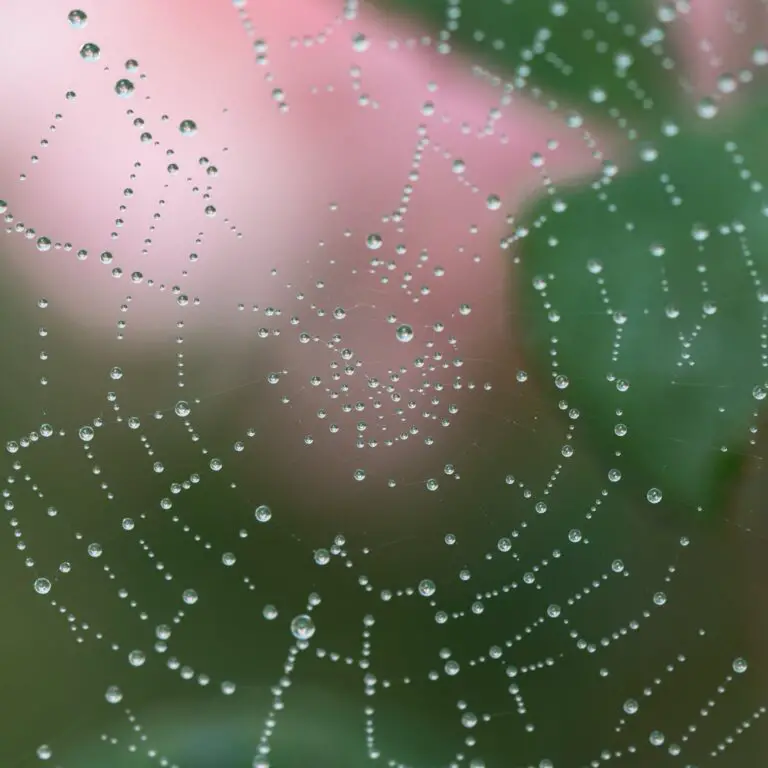
One such common challenge is the attack of pests. Mealybugs, for instance, can masquerade as part of the plant’s white webbing. However, a keen eye and a swift hand can pluck these pests from their perch, deterring them from draining your succulents of vigor. For an organic approach, introducing natural predators like ladybugs can tip the scales in your favor, enacting a live-action battle for the well-being of your garden’s ecosystem.
Fungal diseases, too, may try to stake a claim on your cobweb sempervivum, especially during the damp, cooler months. Root rot can stealthily creep in if the soil doesn’t drain well, leaving you with a soggy, struggling plant. The solution? Ensure that your soil mix is gritty and free-draining, and your watering schedule is as moderate as the plant’s preference for a laid-back lifestyle.
Moreover, environmental stressors such as extreme temperatures and inconsistent watering can weave a web of stress over your sempervivum. Remember, these plants hail from the high hills and mountains, so a rock garden or a pot with a view simulating their alpine ancestry can really help them thrive. Shielding them from scorching sun or providing a drink before a dry spell can be the simple acts of care that keep the cobweb pattern in perfect form.
Each challenge with growing cobweb sempervivum brings with it a natural solution. And by addressing these issues proactively, you’re not just cultivating plants; you’re crafting a resilient and enchanting garden narrative, intertwining nature’s spontaneity with the steadfast persistence of these succulent marvels.
Designing with Cobweb Sempervivum
Imagine a corner of your garden where the enchantment of fairy tales meets the rugged beauty of alpine terrain. That’s what you create when you introduce cobweb sempervivum, affectionately known as the spider web hens and chicks, into your landscape. With its intricate webbing reminiscent of a spider’s lair and rosettes that echo the allure of succulents, this plant presents a unique opportunity for gardeners to weave a visual story in their outdoor spaces.

Envision intertwining the cobweb sempervivum among stone pathways or as living mulch beneath a canopy of larger plants. The contrast between the fine, web-like threads atop the hens and chicks and rough natural stones adds a fascinating textural play to the garden tableau. The play of light and shadow through the day can highlight the intricate details of cobweb sempervivum, casting dynamic patterns that change with the sun’s movement.
Don’t constrain these beauties to the ground; let them spill over the edges of a raised garden bed or perch atop a rock wall, softening the hard lines of hardscaping with their succulent foliage. In the company of other plants, the cobweb sempervivum holds its own, with its muted green tones and webbed crowns providing a visual break from the more common garden greens. It’s not just about aesthetics, though; these plants are hardy and drought-resistant, making them a sustainable choice for the eco-conscious gardener.
For those with a flair for drama, consider partnering cobweb sempervivum with plants bearing deep purples or vibrant oranges. The juxtaposition of colors will add a bold statement to any garden scene. Remember, it’s not just the plants you combine them with but also the materials used in your garden design. Imagine the visual poetry of cobweb sempervivum nestled in a bed of pebbles or positioned against the backdrop of rusty corten steel edging. Such combinations can transform a simple garden element into a striking focal point.
As seasons change, watch the cobweb sempervivum adapt, its colors deepening or paling in response to the temperature and light. This adaptability not only ensures a year-round interest but also simplifies maintenance, allowing garden designers to create living landscapes that enchant without demanding constant care. Embracing the cobweb sempervivum in your garden design is like embracing the art of nature itself, a testament to resilience, beauty, and the wonder of growth.
The Importance of Sempervivum in Ecosystems
Imagine a world where every crevice and rocky outcrop flourishes with life, transforming seemingly barren landscapes into masterpieces of survival and beauty. This is the realm of Sempervivum, also known as hens and chicks—and the cobweb variety, in particular, is a study in resilience.
Cobweb sempervivum isn’t just a feast for the eyes with its web-like filaments stretching across succulent rosettes; it plays a critical ecological role in its natural alpine habitats and in gardens worldwide. These hardy plants serve as pioneering species, setting the stage for ecological succession by colonizing inhospitable environments where few other species dare root.
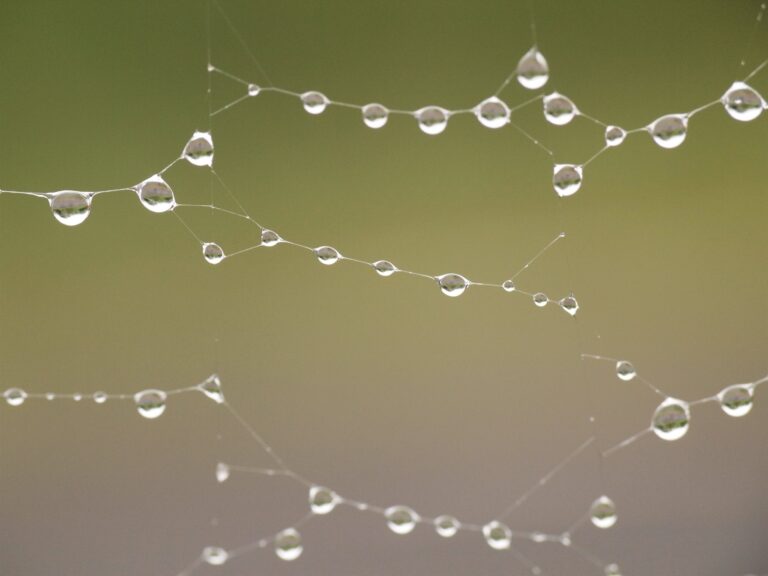
In the wild, their ability to thrive in poor soil conditions and resist drought is vital for maintaining soil stability on steep slopes, which is paramount in preventing erosion. Moreover, their dense mats provide a microhabitat for a range of microorganisms and insects, which contributes to a richer, more balanced ecosystem.
Even in our own backyards, cobweb sempervivum plays a more subtle yet significant role. As part of an overall garden ecosystem, they help conserve moisture and, being succulents, they contribute much-needed oxygen to the atmosphere, especially during the night.
The environmental benefits of sempervivums are coupled with their allure for pollinators. The blooms of cobweb sempervivum, though infrequent, offer an essential source of nectar and pollen for bees and other beneficial insects, reinforcing their ecological value well beyond their visual charm.
The Symbiotic Soirée of Spider Web Hens and Chicks
Consider the symbiotic relationships at play—the cobweb sempervivum not only provides for insects, but it also benefits from them. As bees and butterflies flit from bloom to bloom, they pollinate these plants, ensuring the continuation of the species. This give-and-take exemplifies the interconnectedness of our planet’s ecosystems.
By embracing cobweb sempervivum in our gardens, we inadvertently become stewards of biodiversity, providing a refuge for insects in urban and suburban jungles. What might appear as a simple decorative choice is, in fact, an action towards preserving the delicate tapestry of life.
FAQ – Frequently Asked Questions
Overwintering Sempervivum with Cobweb Patterns
If you’re wondering how to tuck your cobweb sempervivum in for the winter, you’re not alone! These hardy little succulents, often referred to as ‘Spider Web Hens and Chicks’, are renowned for braving the cold. However, they do appreciate a bit of extra care. To prevent frostbite, shelter them under a breathable fabric on the coldest nights. A real-life example can be found in the high-altitude gardens where sempervivum varieties hunker down beneath a blanket of snow, emerging in spring as if they’ve been snoozing in bed all along!
The Great Garden Debate: Sempervivum vs. Sedum
Is it a sempervivum or a sedum? This question often puzzles garden enthusiasts. While both are succulent perennials that laugh in the face of drought, sempervivums are the real show-offs with their rosette form and a cobweb-like frosting. Sedum, on the other hand, is more of a ground cover with plump leaves and starry flowers. Imagine sempervivum as the prima ballerinas of the plant world, striking a pose with their intricate cobwebs, while sedum spreads out like a comfortable, leafy green carpet at their feet.
Cobweb Patterning: Nature’s Lacework
The cobweb patterning on sempervivum is not just for show. This delicate threading offers protection against the sun and insects. It’s akin to having a built-in parasol and bug net! Have you ever seen the morning dew caught in the cobweb of a sempervivum? It’s like a miniature world of shimmering diamonds. This unique feature not only adds ornamental value but it also speaks of the plant’s evolutionary artistry in surviving tough environments.
